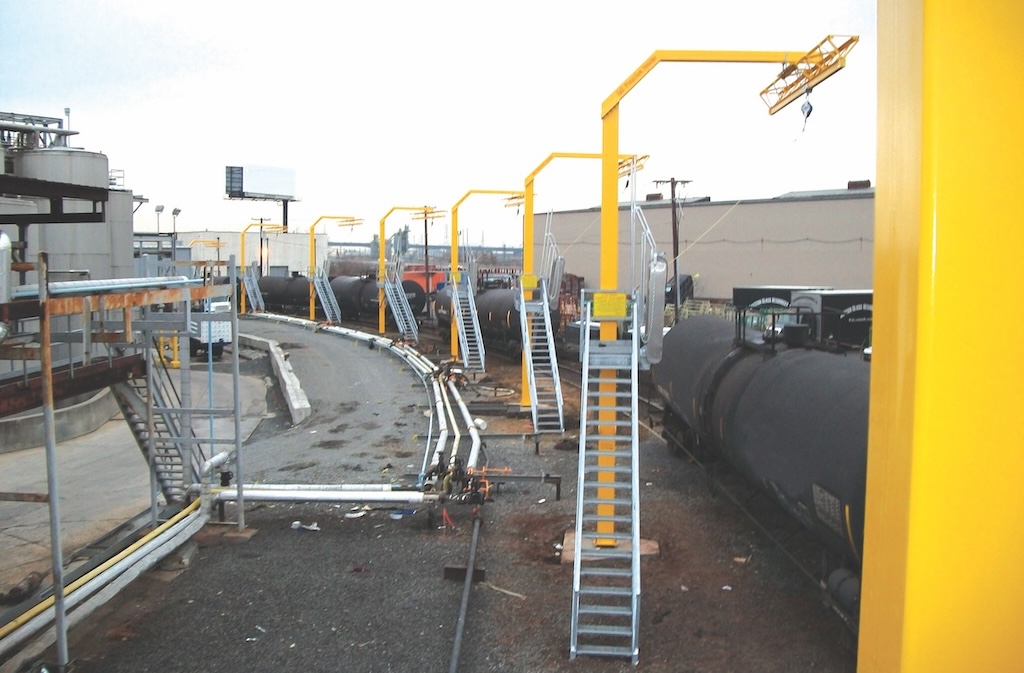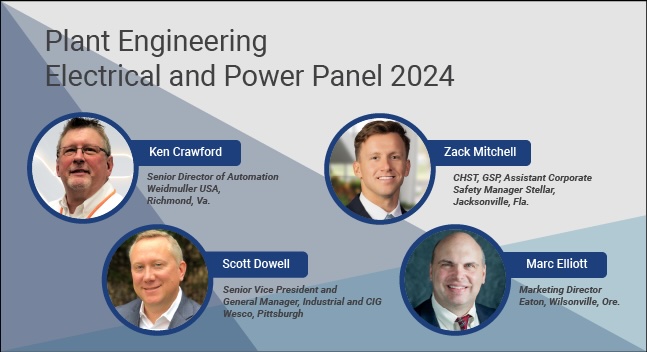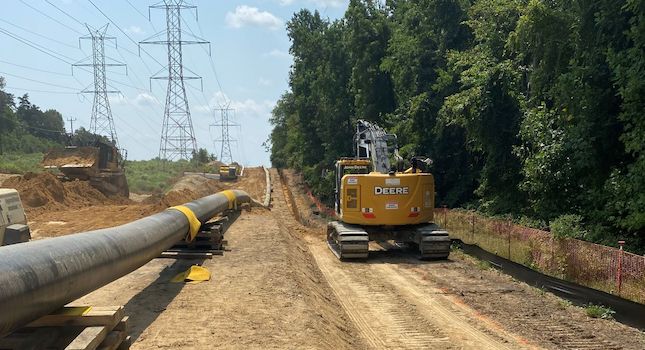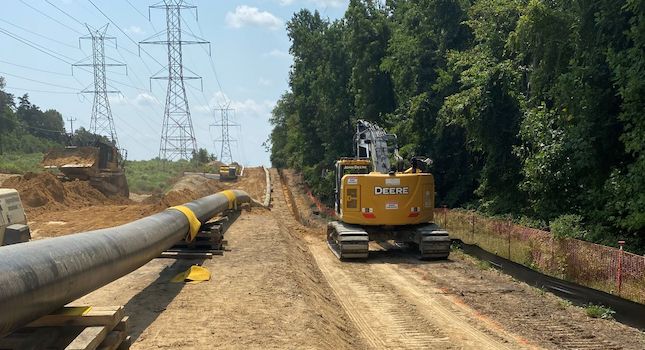Standards and regulatory bodies such as OSHA are there to keep workers safe, but enforcement and consistency are critical.
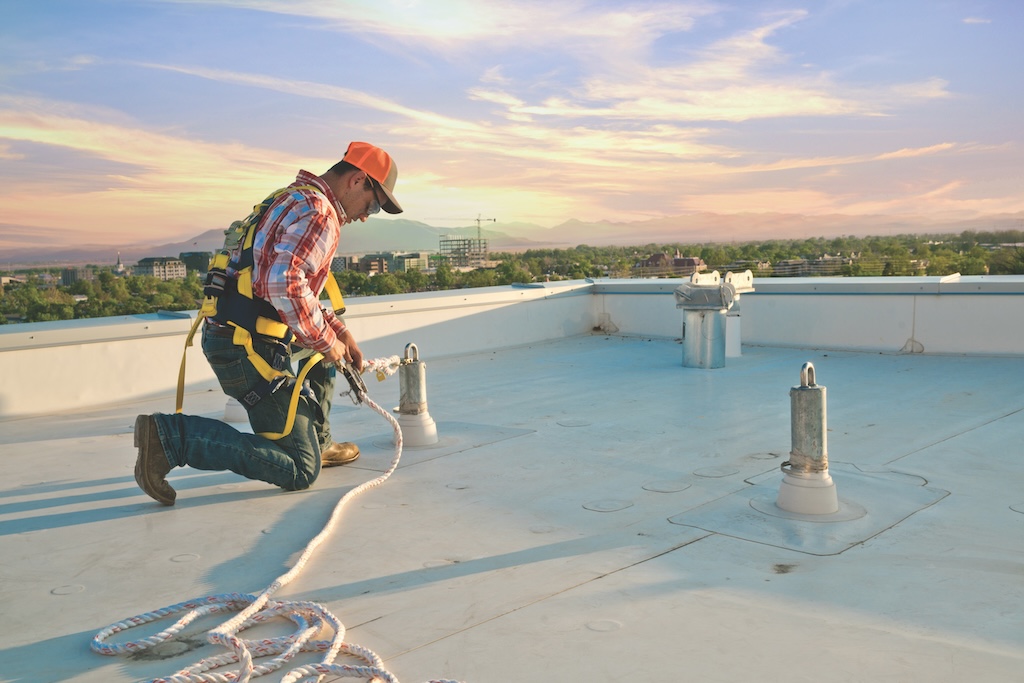
Respondents
- Shawn Gregg, vice president, global safety, Wesco, Pittsburgh
- David Kennedy, business development manager, VAC-U-MAX, Belleville, N.J.
- Dave Opheim, business development manager, flame & gas detection, MSA Safety, Cranberry Township, Penn.
- Dustin Schneider, channel sales director, Diversified Fall Protection, Westlake, Ohio.
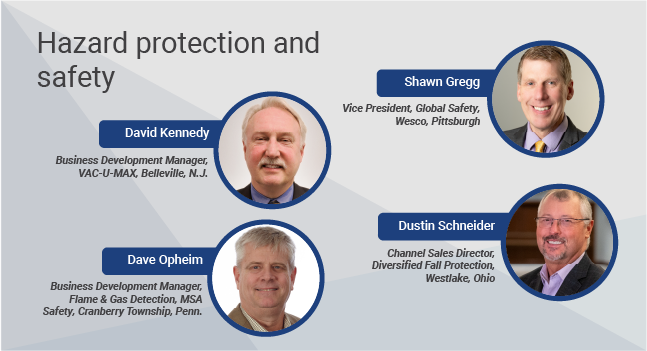
Question: How do you stay updated on the latest safety regulations and industry best practices related to hazard protection in manufacturing and industrial settings?
Shawn Gregg: PPE training is commonly overlooked, as standard commodity PPE is simply handed out and employees are told to use it – often with no instruction whatsoever. We are firm believers in having each employee sign off on the PPE they use, acknowledging they have been “fitted” appropriately and understand the importance of using it. If they are caught not wearing specific PPE, management now has documentation that they were accepting of the PPE assigned.
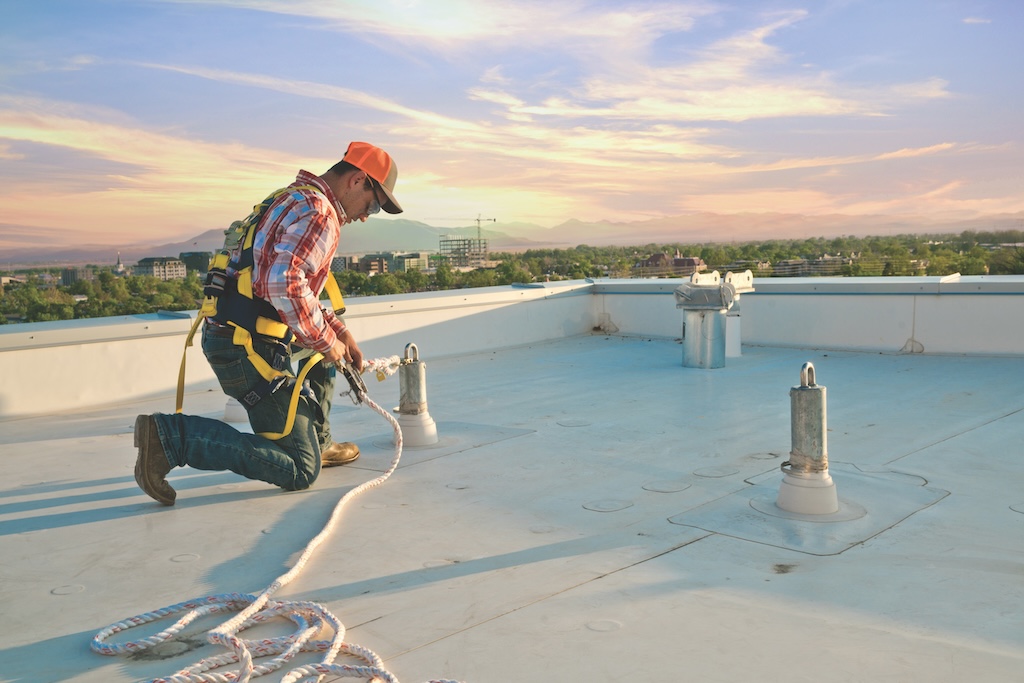
Question: Apart from OSHA, what other standards do you follow the most closely in your facility?
Dustin Schneider: Apart from OSHA, we closely follow the standards set by the American National Standards Institute (ANSI), particularly ANSI Z359, which covers fall protection and fall arrest systems. These standards ensure that our fall protection equipment meets rigorous safety requirements. We also adhere to ISO 45001 for occupational health and safety management, which helps us systematically manage and reduce risks associated with falls. Additionally, we follow guidelines from the National Institute for Occupational Safety and Health (NIOSH) to ensure the proper selection, usage, and maintenance of fall protection systems.
Question: How does leadership demonstrate a commitment to safety and how do you foster a culture of continuous improvement in safety practices?
Dustin Schneider: Leadership can demonstrate a commitment to safety by prioritizing it in all aspects of operations, from strategic planning to daily activities. They should visibly support safety initiatives, provide adequate funding for safety equipment and training, and engage in regular safety walks and inspections. To foster a culture of continuous improvement, it is essential to implement a robust system for reporting and analyzing near-misses and incidents, encouraging open communication and learning from each event. Establishing clear safety goals, tracking progress, and celebrating achievements are crucial steps. Continuous improvement is driven by regular training sessions, staying updated with industry best practices, and fostering an environment where every employee feels responsible for safety.

Question: Looking ahead, what is one major change or improvement you would like to see in the PPE and fall protection industry?
Dustin Schneider: One significant improvement I envision for the PPE and fall protection industry is the development of more ergonomic and user-friendly equipment, specifically including products designed for women. Often, workers find PPE cumbersome or uncomfortable, leading to non-compliance or improper usage.
By advancing the design and materials of PPE, we can create solutions that are not only safer but also more comfortable and easier to use, ensuring they fit both men and women properly. This would encourage consistent use and proper application, significantly reducing the risk of falls and other workplace injuries. Enhanced comfort and usability, alongside gender-specific designs, will contribute to a stronger safety culture and better overall protection for all workers.
